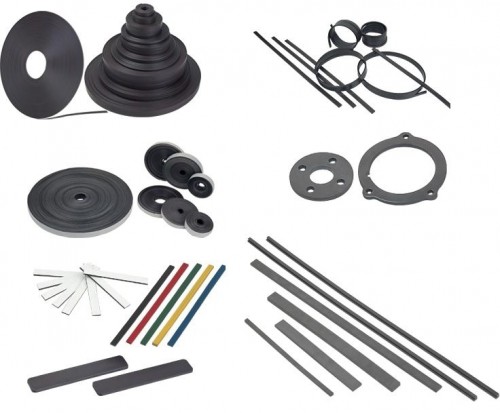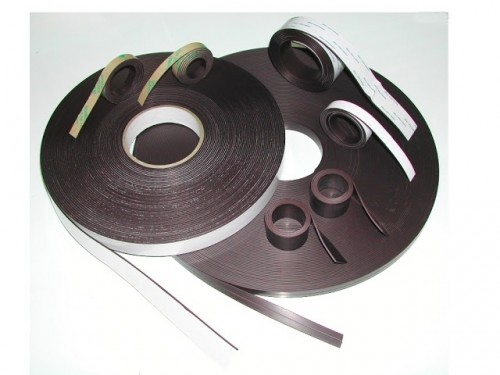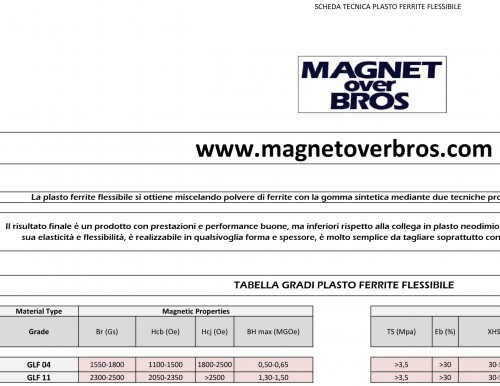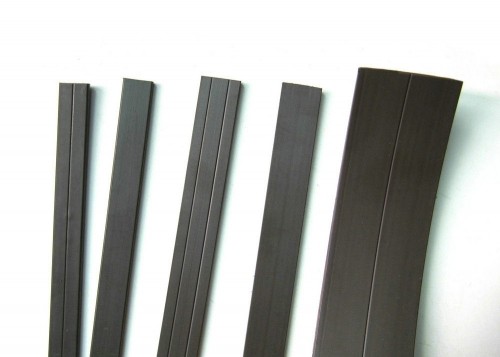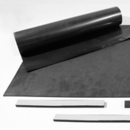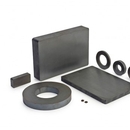Flexible plasto ferrite is divided into two families: ISOTROPIC and ANISOTROPIC depending on the type of production and the quality of ferrite used in the mixture.
The flexible plasto ferrite adapts and goes well with any type of environment, it can be worked in infinite ways, it lends itself very well to cutting, punching and gluing. It has a decidedly lower magnetic force than plasto neodymium flexible, but the price is significantly lower, making it very interesting for different low cost applications.
It acts as a base or support to be coupled with magnetic products for printing

